Inhale, exhale
Trees are the lungs of our planet, and in case you haven’t heard, our planet is in a heap of trouble right now and could use some extra TLC.
According to the Union of Concerned Scientists, “we need to actively remove carbon dioxide from the atmosphere or offset its effects. The easiest way to do this is by planting new forests (afforestation) or restoring old ones (reforestation).”
Air pollution remedy
“Each year, San Antonio’s urban forest works to remove more than 6,500 tons of air pollution, saving $63 million in health costs. It also reduces stormwater runoff by over 380 million cubic feet and saves residents $22 million — $13.89/person — in energy costs each year,” according to an April 16, 2021, story in Texas A&M’s AgriLife TODAY.
According to the non-profit organization, One Tree Planted, “Trees help clean the air we breathe, filter the water we drink, and provide habitat to over 80% of the world’s terrestrial biodiversity. Forests provide jobs to over 1.6 billion people, absorb harmful carbon from the atmosphere, and are key ingredients in 25% of all medicines.”
Fall is best for planting trees
The fall is the best time to plant a tree in Texas, according to the Texas AgriLife Extension Service at Texas A&M University, so now is the time to do your research and figure out what tree or trees you’d like to plant in September.
San Antonio Water System offers a $100 rebate for planting 15 drought-resistant, water-saving plants/trees, including yaupon, crape myrtle, Mexican buckeye, Mexican olive, mountain laurel and redbud.
Alfaro’s Tree Sales
I first heard about Alfaro’s Tree Sales at 10855 Pearsall Road in Southwest Bexar County when I was a professor at Palo Alto College on San Antonio’s South Side. Stunning desert willow trees with trumpet-shaped, delicate pink flowers that bloomed from spring until fall had been planted on campus. I asked where they came from and was told Alfaro’s, a family-owned business that specializes in mature trees.
Lucio Garcia, the son-in-law of the founders, Erasmo and Herminia Alfaro, showed me around their nursery, and we commiserated over the historic deep freeze that took place in February 2021, killing off many trees and plants in the region.
I was hoping to purchase a Ruby Red grapefruit tree, but Lucio told me that I was out of luck. Citrus took a major hit during the freeze. He did have desert willow trees available, as well as Texas maple, cypress, red oak, cedar elm, vitex and more. I was happy to see that Alfaro’s palm trees pulled through the freeze, as did a variety of cactus. Two types of olive trees, arbequina and mission, survived the freeze, but their manzanillos did not.
Atascosa, Texas
A bonus of taking the drive out to Alfaro’s, located 14 miles from downtown San Antonio, was seeing the Atascosa, Texas, post office on Pearsall Road at Jarratt, next to Alfaro’s entry. (Oddly enough, Atascosa is located in Bexar County, not Atascosa County. Atascosa means boggy in Spanish, a new word for me.) At the Pearsall/Jarratt intersection, you’ll find four majestic, gate-like structures, one at each corner. (See photos in slide show.) I’m going to get to the bottom of who built them, when and why. Stay tuned!
Denise Barkis Richter, Ph.D., author of “San Antonio’s Passport to Fun,” has been blogging about San Antonio since June of 2010. Follow her at facebook.com/SanAntonioTourist so that you’ll never miss a post. Her love affair with the Alamo City began at Hemisfair in 1968. She moved to San Antonio in 1979 as an 18-year-old college student, and San Antonio has been her home ever since. Denise completed certification to become a professional tour guide in 2019. Please contact her at sanantoniotourist at gmail dot com if you’d like for her to curate a fabulous San Antonio experience for you!
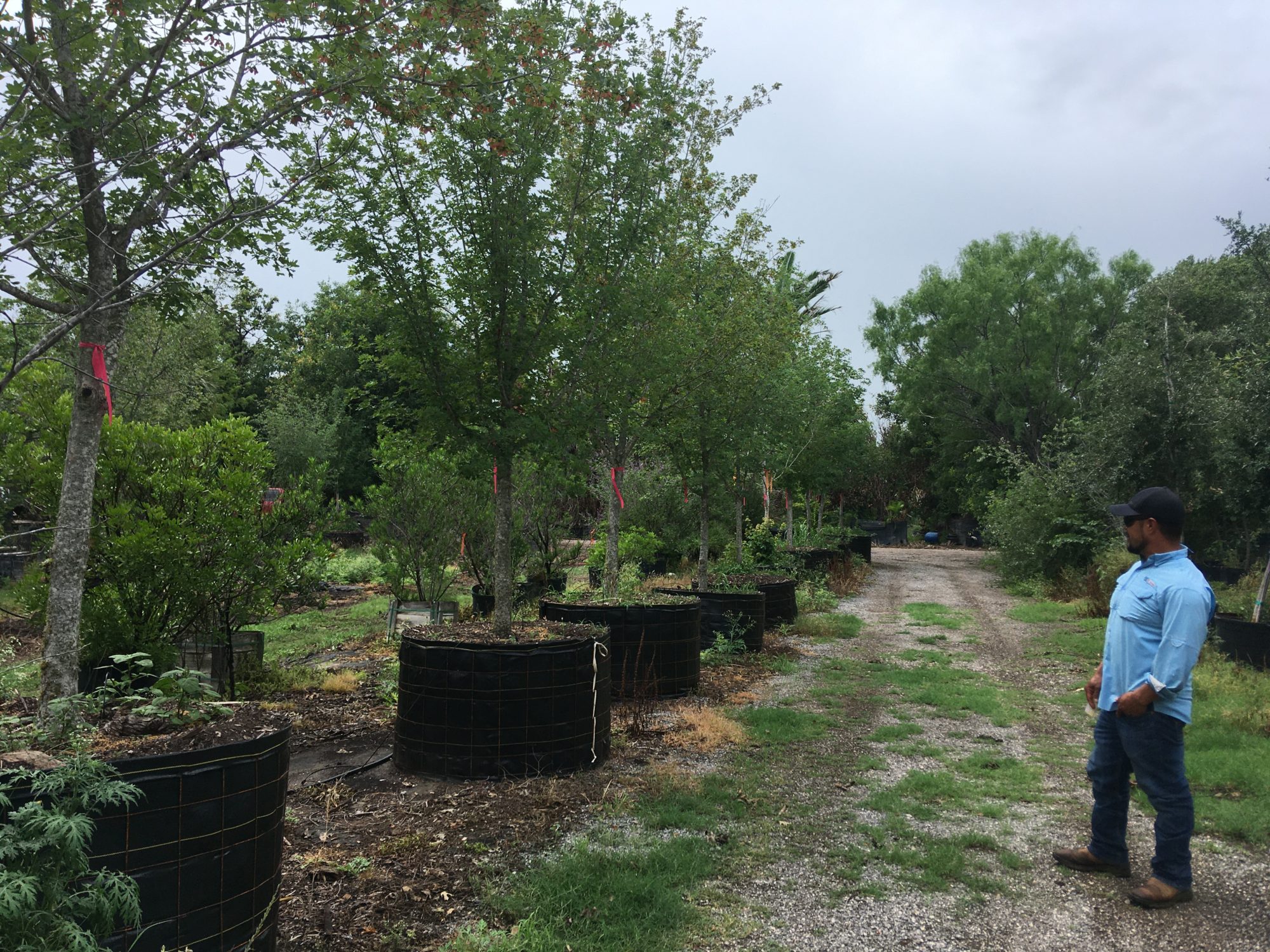
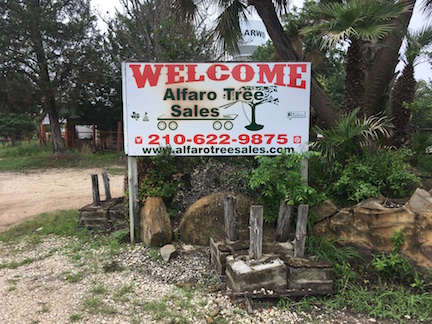
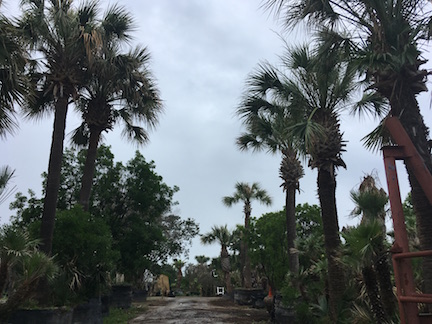
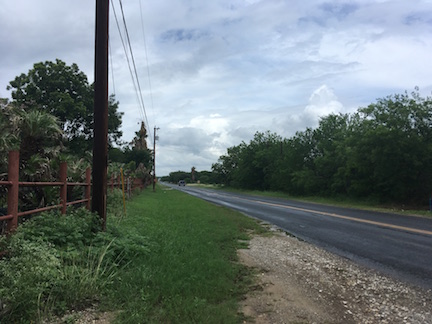
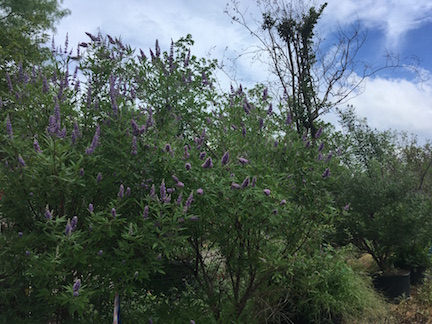
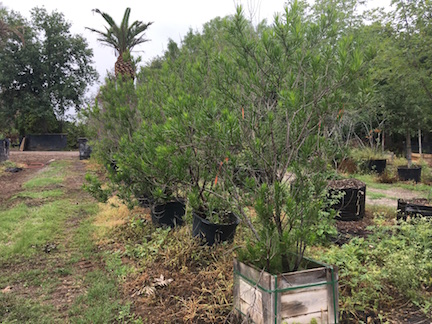
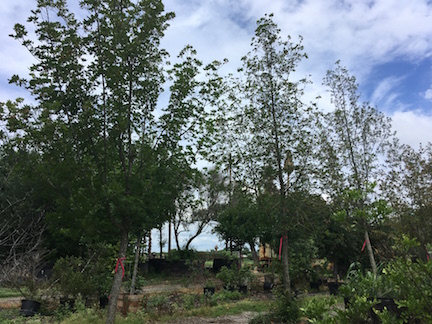
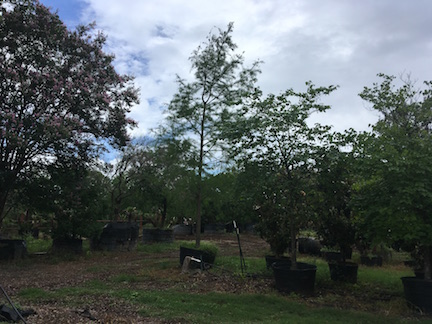

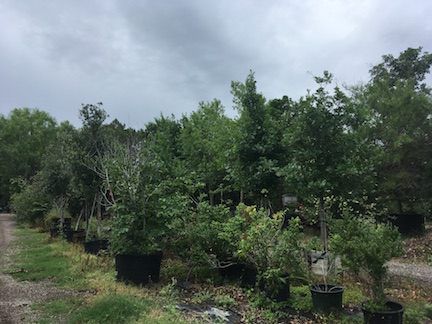
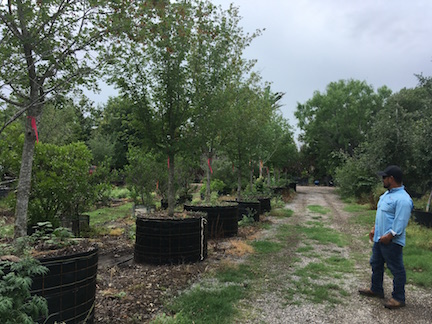
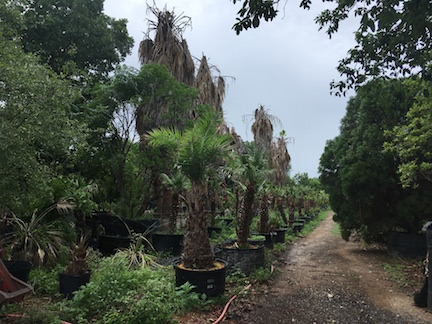
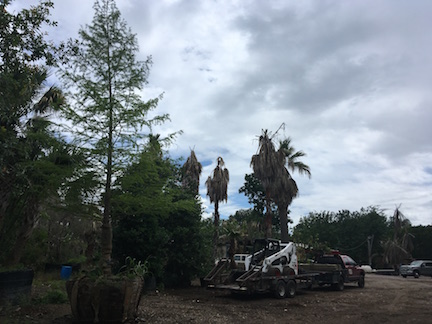
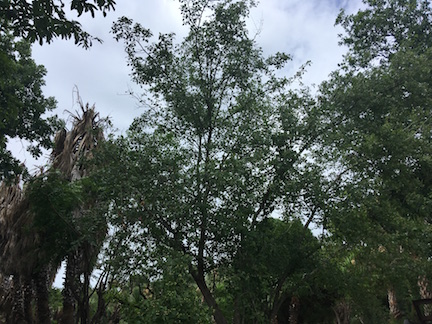
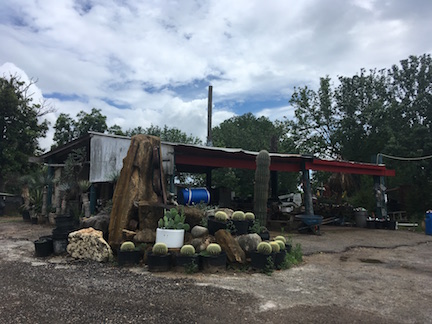



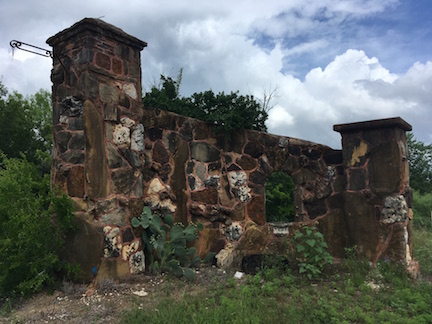
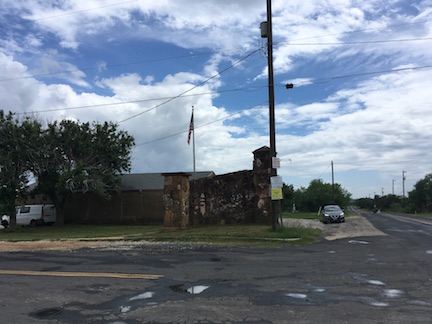
There’s one thing I’d recommend to many many drivers around here: switch off your car’s engine whenever you’re in a parking-lot.
I agree 100%! Idling is one of the worst things we can do for our air quality. It causes asthma.
And is to a certain extent the cause of our present heat waves.